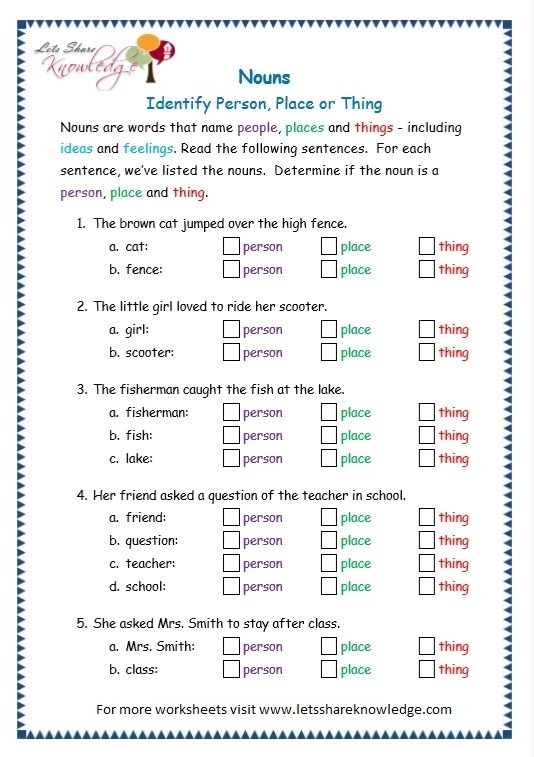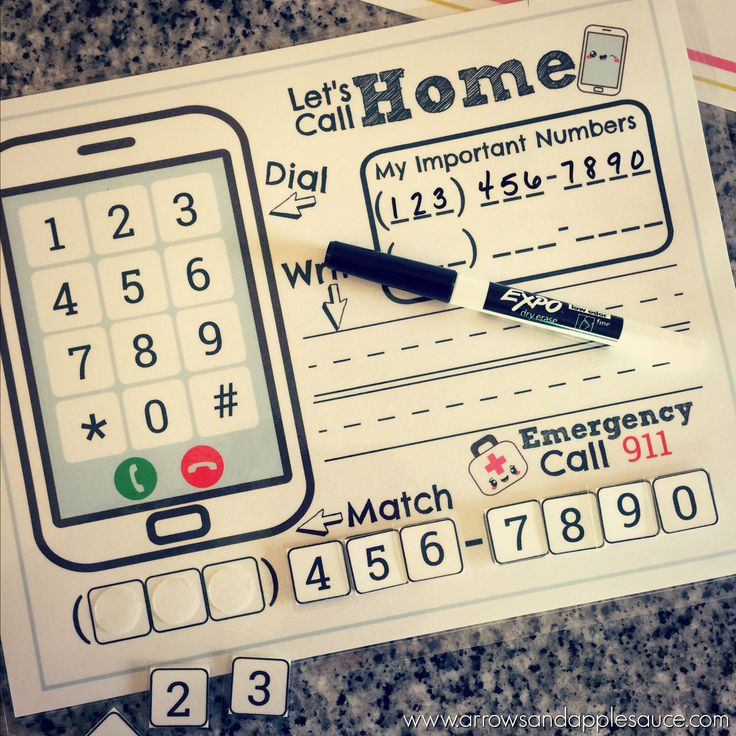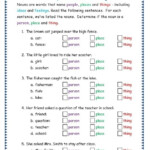Special Triangles Practice Worksheet – Triangles are among the most fundamental forms in geometry. Understanding the concept of triangles is essential for understanding more advanced geometric concepts. In this blog post we will discuss the different types of triangles and triangle angles, as well as how to determine the dimension and perimeter of the triangle, and show some examples to illustrate each.
Types of Triangles
There are three types of triangulars: Equilateral isosceles, as well as scalene.
- Equilateral triangles include three equally sides as well as three equal angles of 60 degrees.
- Isosceles triangles have equally sized sides as well as two angles.
- Scalene triangles have three distinct sides and three different angles.
Examples of each type of triangle are provided.
Triangle Angles
There are three angles in a triangle: acute right, and obtuse.
- Acute angles are those that are less than 90 degrees.
- Right angles are exactly 90 degrees.
- Obtuse angles can be greater than 90 degrees.
An example of each angle will be shown.
Perimeter of Triangles
The perimeter of any triangle is the sum of all the sides’ lengths. To determine its perimeter for a triangular, you have to add up the lengths of its three sides. The formula to calculate the perimeter of a triangle is:
Perimeter = Side A + Side B + Side C
Examples of how to determine the perimeter of triangles will be demonstrated by using different types of triangular shapes.
Area of Triangles
The the area of a a triangle represents the amount of space inside the triangle. To calculate the dimensions of a rectangle, you have to know exactly the width of the base, as well as the height of the arc of the circle. The formula for calculating the size of the triangle as follows:
Area = (Base x Height) / 2
Examples of how to calculate the area of a triangle will be provided using different triangles.
Conclusion
Understanding triangles is an essential aspect of learning about geometry. Understanding the different types of triangles, triangle angles, as well as the best way to calculate the dimensions and perimeter of a triangle will allow you to tackle more complicated geometric questions. By using our comprehensive triangle worksheets, students can increase your understanding of these fundamental ideas and boost your geometry knowledge to the next level.






